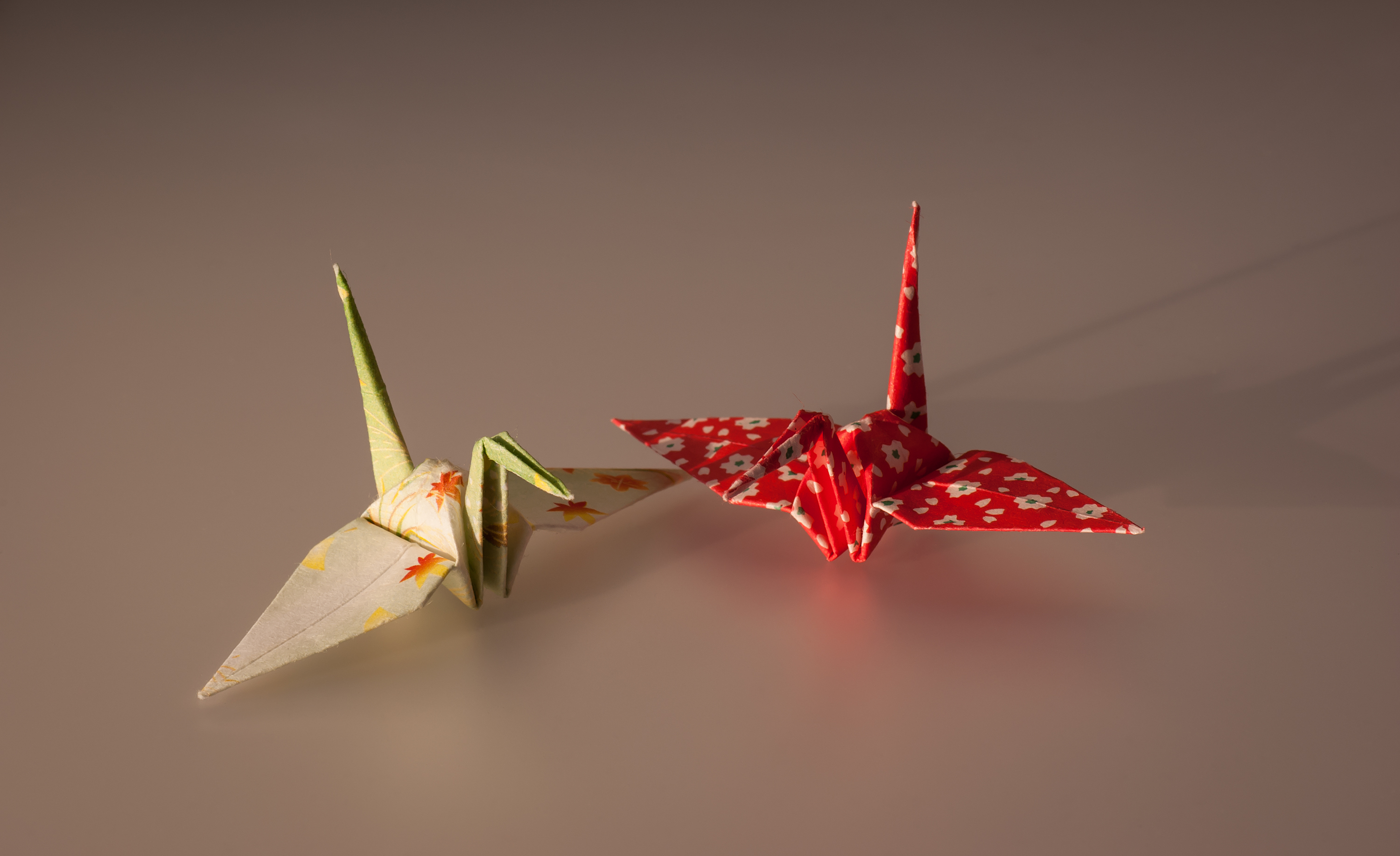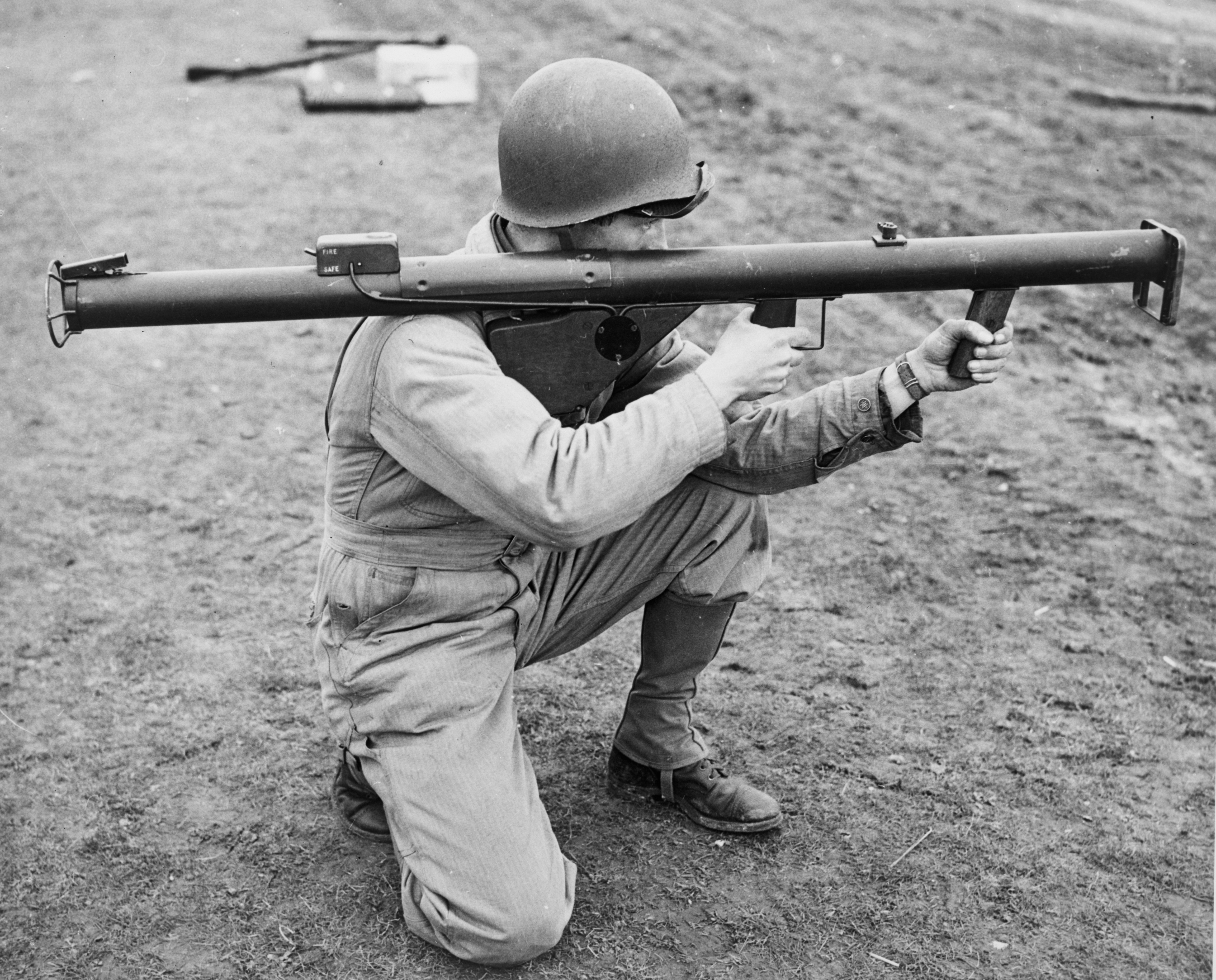|
Bō-hiya
A was an early Japanese rocket launcher and development of the fire arrow. History and description Fire arrows of some type have been used in Japan as far back as the 6th century where they are said to have been used during a military campaign in Korea. Bows (yumi) were used to launch these early fire arrows. In 10th-century China, gunpowder was used to launch fire arrows, and this type of fire arrow was used against the Japanese by Mongolian naval vessels in the 13th century. In 1543, the Japanese acquired matchlock technology from the Portuguese, and the resulting firearms developed by the Japanese led to new means of launching fire arrows. These rocket-type bo-hiya had the appearance of a thick arrow with large fins, a wood shaft and a metal tip; they resembled the Korean chongtong, an arrow-firing cannon. Bo-hiya were ignited by lighting a fuse made from incendiary waterproof rope which was wrapped around the shaft; when lit the bo-hiya was launched from either a wide-b ... [...More Info...] [...Related Items...] OR: [Wikipedia] [Google] [Baidu] |
Ryūsei (signal Rocket)
A is a traditional Japanese signal rocket. Summary A ''ryūsei'' fuselage is made from either pine softwood or a section of bamboo, and it is propelled by the combustion of gunpowder. The particular type of gunpowder used in ''ryūsei'' is formulated to burn slowly. ''Ryūsei'' are believed to have been developed by reverse engineering primitive Chinese gunpowder rockets left behind by the defeated Yuan armies after the Mongol invasions of Japan in the 13th century. However, there is another theory that ''ryūsei'' were invented locally by Japanese peasants. Because of this, they are sometimes called . In the 16th century, ''ryūsei'' rockets were used as smoke signals, and documents preserved at record the launch of a ''ryūsei'' in 1575. After the Second World War and occupation, American-directed bans on private possession of gunpowder nearly caused the extinction of ''ryūsei''. After many petitions, gunpowder for ''ryūsei'' was finally legalized again in 1972. ''Ry ... [...More Info...] [...Related Items...] OR: [Wikipedia] [Google] [Baidu] |
Mysorean Rockets
Mysorean rockets were an Indian military weapon. The iron-cased rockets were successfully deployed for military use. They were the first successful iron-cased rockets, developed in the late 18th century in the Kingdom of Mysore (part of present-day India) under the rule of King Hyder Ali. The Mysorean army, under King Hyder Ali and his son King Tipu Sultan, used the rockets effectively against the British East India Company during the 1780s and 1790s. According to James Forbes, Marathas also used iron-encased rockets in their battles. Their conflicts with the company exposed the British to this technology further, which was then used to advance European rocketry with the development of the Congreve rocket in 1805. Technology and deployment There was a regular rocket corps in the Mysore Army, beginning with about 1,200 men in King Hyder Ali's time. During the Second Anglo-Mysore War, Colonel William Baillie's ammunition stores are thought to have been detonated by a stra ... [...More Info...] [...Related Items...] OR: [Wikipedia] [Google] [Baidu] |
:Category:Japanese Words And Phrases ...
{{Commons Words and phrases by language Words Words Words A word is a basic element of language that carries meaning, can be used on its own, and is uninterruptible. Despite the fact that language speakers often have an intuitive grasp of what a word is, there is no consensus among linguists on its ... [...More Info...] [...Related Items...] OR: [Wikipedia] [Google] [Baidu] |
Samurai Weapons And Equipment
The samurai () were members of the warrior class in Japan. They were originally provincial warriors who came from wealthy landowning families who could afford to train their men to be mounted archers. In the 8th century AD, the imperial court downsized the national army and delegated the security of the countryside to these privately trained warriors. Eventually the samurai clans grew so powerful that they became the ''de facto'' rulers of the country. In the aftermath of the Gempei War (1180-1185), Japan formally passed into military rule with the founding of the first shogunate. The status of samurai became heredity by the mid-eleventh century. By the start of the Edo period, the shogun had disbanded the warrior-monk orders and peasant conscript system, leaving the samurai as the only men in the country permitted to carry weapons at all times. Because the Edo period was a time of peace, many samurai neglected their warrior training and focused on peacetime activities such as ... [...More Info...] [...Related Items...] OR: [Wikipedia] [Google] [Baidu] |
Technology In Medieval Japan
Technology is the application of conceptual knowledge to achieve practical goals, especially in a reproducible way. The word ''technology'' can also mean the products resulting from such efforts, including both tangible tools such as utensils or machines, and intangible ones such as software. Technology plays a critical role in science, engineering, and everyday life. Technological advancements have led to significant changes in society. The earliest known technology is the stone tool, used during prehistory, followed by the control of fire—which in turn contributed to the growth of the human brain and the development of language during the Ice Age, according to the cooking hypothesis. The invention of the wheel in the Bronze Age allowed greater travel and the creation of more complex machines. More recent technological inventions, including the printing press, telephone, and the Internet, have lowered barriers to communication and ushered in the knowledge economy. Whil ... [...More Info...] [...Related Items...] OR: [Wikipedia] [Google] [Baidu] |
Japanese Inventions
This is a list of Japanese inventions and Discovery (observation), discoveries. The Japanese have made contributions across a number of scientific, technological and art domains. In particular, the country has played a crucial role in the digital revolution since the 20th century, with many modern revolutionary and widespread technologies in fields such as electronics and robotics introduced by Japanese inventors and entrepreneurs. Arts * Kamishibai — Originates from 8th century Buddhist temples, where monks used ("picture scrolls"), an early combination of picture and text to convey a story. ** Superhero, Costumed superhero — Ōgon Bat (1930) and Kamishibai, Prince of Gamma (early 1930s) were the earliest costumed superheroes with Superpower (ability), superpowers. ** Mecha — Dai Ningen Tanku from ''Ōgon Bat'' (1931) was the first piloted Humanoid robot, humanoid giant mecha robot. means Giant , is the Japanese title of The Master Mystery(1919), and the Japanese n ... [...More Info...] [...Related Items...] OR: [Wikipedia] [Google] [Baidu] |
Rocket Launchers
A rocket launcher is a weapon that launches an rocket (weapon), unguided, rocket-propelled projectile. History The earliest rocket launchers documented in History of China#Ancient China, imperial China consisted of arrows modified by the attachment of a rocket motor to the shaft a few inches behind the arrowhead. The rocket was propelled by the burning of the Gunpowder, black powder in the motor; these should not be confused with Fire arrow, early fire arrows, which were conventional arrows carrying small tubes of black powder as an Incendiary device, incendiary that ignited only after the arrow hit its target. The rocket launchers were constructed of wood, basketry, and bamboo tubes. The launchers divided the rockets with frames meant to keep them separated, and the launchers were capable of firing multiple rockets at once. Textual evidence and illustrations of various early rocket launchers are found in the 1510 edition of the ''Wujing Zongyao'' translated by Needham and o ... [...More Info...] [...Related Items...] OR: [Wikipedia] [Google] [Baidu] |
Early Rocketry
Early may refer to: Places in the United States * Early, Iowa, a city * Early, Texas, a city * Early Branch, a stream in Missouri * Early County, Georgia * Fort Early, Georgia, an early 19th century fort Music * Early B, stage name of Jamaican dancehall and reggae deejay Earlando Arrington Neil (1957–1994) * Early James, stage name of American singer-songwriter Fredrick Mullis Jr. (born 1993) * ''Early'' (Scritti Politti album), 2005 * ''Early'' (A Certain Ratio album), 2002 * Early Records, a record label Other uses * Early (name), a list of people and fictional characters with the given name or surname * Early effect, an effect in transistor physics * Early, a synonym for ''hotter'' in stellar classification In astronomy, stellar classification is the classification of stars based on their stellar spectrum, spectral characteristics. Electromagnetic radiation from the star is analyzed by splitting it with a Prism (optics), prism or diffraction gratin ... See also * * ... [...More Info...] [...Related Items...] OR: [Wikipedia] [Google] [Baidu] |
Shoulder-fired Missile
Shoulder-fired missile, shoulder-launched missile or man-portable missile, among other variants, are common slang terms to describe high-caliber shoulder-mounted weapons systems; that is, weapons firing large, heavy projectiles ("missiles"), typically using the Backblast area, backblast principle, which are small enough to be carried by a single person and fired while held on one's shoulder. The word "wiktionary:missile, missile" in this context is used in its original broad sense of a heavy projectile, and encompasses all Shell (projectile), shells and Rocket (weapon), rockets, guided missile, guided or unguided (compare with guided missile). A more formal variant is simply ''shoulder-fired weapons system'' and the like. Shoulder-launched weapons may be missile, guided or rocket (weapon), unguided, and the systems can either be disposable, such as the Panzerfaust 1, M72 LAW, AT4, etc., or reusable, such as the Panzerfaust 2, Carl Gustaf 8.4 cm recoilless rifle, RPG-7, etc. Some s ... [...More Info...] [...Related Items...] OR: [Wikipedia] [Google] [Baidu] |
Chongtong
''Chongtong'' () is a term for military firearms of the Goryeo and Joseon dynasties. ''Chongtong'' varied in size from small firearms to large cannons. There were three generations of ''chongtong''. The well-known ''cheonja'', ''jija'', ''hyeonja'', and ''hwangja'' were named after the first four characters of the Thousand Character Classic in decreasing size, thus making them equivalent to Cannons A, B, C, and D. History Gunpowder first came to Korea in the mid-14th century. From 1356 onwards, Korea was much harassed by wokou, and the king of Goryeo, Kongmin Wang, sent an envoy to the court of Ming China appealing for a supply of firearms. Although China at that time was under Yuan dynasty, the first Ming leader, the Hongwu Emperor, seems to have treated the request kindly and responded in some measure. The Goryeosa mentions a certain type of bombard, the chongtong, which could send arrows from the Nam-kang hill to the south of the Sun-ch’on Sa temple with such force and vel ... [...More Info...] [...Related Items...] OR: [Wikipedia] [Google] [Baidu] |
Wokou
''Wokou'' ( zh, c=, p=Wōkòu; ; Hepburn romanization, Hepburn: ; ; literal Chinese translation: "dwarf bandits"), which translates to "Japanese pirates", were pirates who raided the coastlines of China and Korea from the 13th century to the 17th century.Wakō Encyclopaedia Britannica The wokou were made of various ethnicities of East Asian people, East Asian ancestry, which varied over time and raided the mainland from islands in the Sea of Japan and East China Sea. Wokou activity in Korea declined after the Treaty of Gyehae in 1443 but continued in Ming dynasty, Ming China and peaked during the Jiajing wokou raids in the mid-16th century. Chinese reprisals and strong clamp-downs on pirates by Japanese authorities saw the wokou disappear by the 17th century. Hist ...
|








